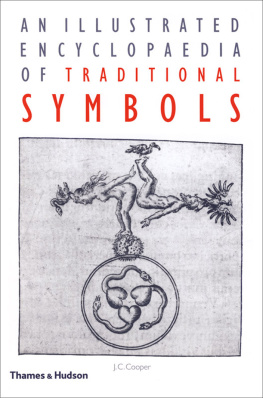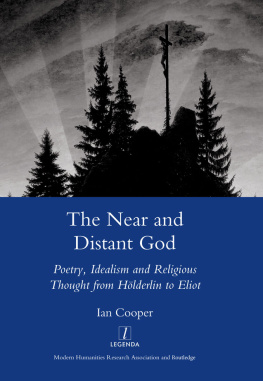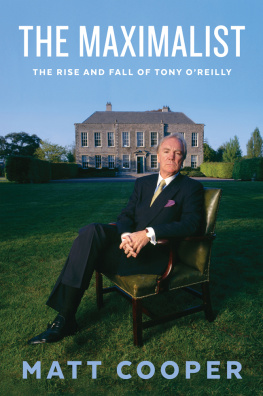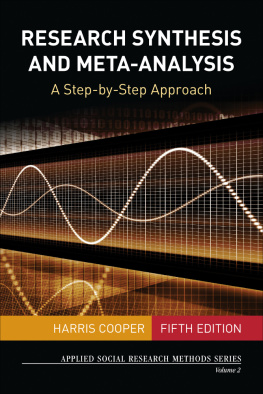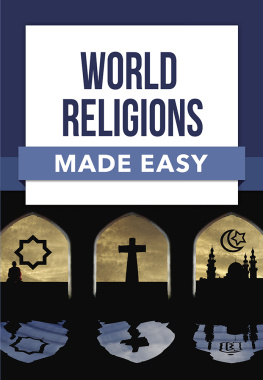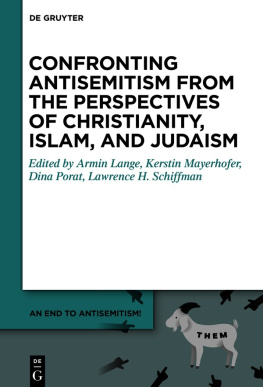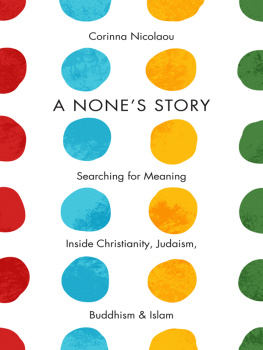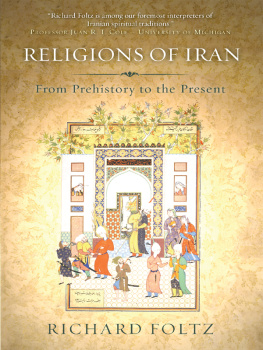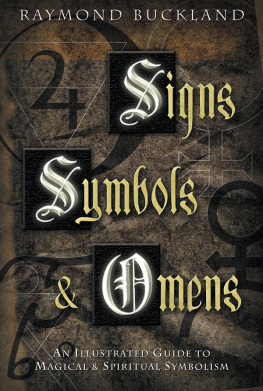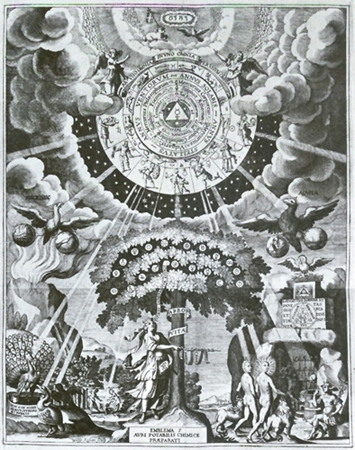
More than 23 symbols, all of them discussed and explained in this book, are in this illustration from Microcosmos Hypochondriacus, a 17th-century alchemical text. Besides the familiar symbols, such as and many other symbolic allusions to the transformative steps and processes of alchemy.
AN ILLUSTRATED
ENCYCLOPAEDIA
OF TRADITIONAL
SYMBOLS
J.C.COOPER

J.C. Cooper writes extensively on philosophy, comparative religion and symbolism. She is the author of Taoism, The Way of the Mystic, Yin and Yang, Symbolism and Fairy Tales, Chinese Alchemy and Symbolic and Mythological Animals.
Other reference titles published by Thames & Hudson as eBooks include:
Dictionary of Christian Lore and Legend
Dictionary of Jewish Lore and Legend
Dictionary of Hindu Lore and Legend
An Illustrated Encyclopaedia of Mysticism and the Mystery Religions
The Thames & Hudson Dictionary of Art and Artists
For these and printed editions see our websites
www.thamesandhudson.com
www.thamesandhudsonusa.com
In memoriam
Vincent Morse Cooper
Introduction

The study of symbolism is not mere erudition; it concerns mans knowledge of himself. Symbolism is an instrument of knowledge and the most ancient and fundamental method of expression, one which reveals aspects of reality which escape other modes of expression.
Although the full portent of the symbol cannot be captured and imprisoned within the confines of any encyclopaedia or written word, there exists, nevertheless, a large body of symbolism which has become traditional over the ages and which constitutes an international language transcending the normal limits of communication. Furthermore, whereas it is impossible to limit the symbol to mere meaning and definition, it is possible to provide, or indicate, a point of departure for a voyage of exploration, a two-way journey, or quest, of mind and spirit, of inner depth and outer height, the immanent and the transcendent, the horizontal and the vertical planes. Symbolic usage, mediate in itself, can lead to the immediate and to direct apprehension.
Symbolism is not only international, it also stretches over the ages; it has the virtue of containing within a few conventional lines the thought of the ages and the dreams of the race. It kindles our imagination and leads us to realms of wordless thought (Lin Yu-tang). This thought is not that of the individual ego; the symbol cannot be created artificially or invented for some purely personal interpretation or whim: it goes beyond the individual to the universal and is innate in the life of the spirit. It is the external, or lower, expression of the higher truth which is symbolized, and is a means of communicating realities which might otherwise be either obscured by the limitations of language or too complex for adequate expression. Thus the symbol can never be a mere form, as is the sign, nor can it be understood except in the context of its religious, cultural or metaphysical background, the soil from which it grew. The symbol is a key to a realm greater than itself and greater than the man who employs it. As Coleridge said, A symbol always partakes of the Reality which it renders intelligible; and while it enunciates the whole, abides itself as a living part of that Unity of which it is the representative.
The symbol does not merely equate; it must reveal some essential part of the subject to be understood; it contains the vast ever-expanding realm of possibilities and makes possible the perception of fundamental relationships between seemingly diverse forms or appearances.
Strictly speaking, the symbol differs from the emblem and allegory in that it expresses, or crystallizes, some aspect or direct experience of life and truth and thus leads beyond itself. On the other hand the frontiers between the territories governed by these close relations can be so ill-defined that one can lead to the other and provide a bridge by which it is possible to cross and re-cross from one to the other. Although the symbol captures and integrates abstractions and places them in their effective context, it can also be effective on more than one level at the same time; the emblem, or attribute, usually portrays something concrete, but can, in turn, embody some symbolic quality; thus attributes and emblems of divinities may also be symbols of the cosmos, its laws and functions. Here a large measure of syncretism occurs. A symbol need not arise from any one source, but can adapt or respond to different ages, religions, cults and civilizations. Exclusiveness is a primitive and immature characteristic; the symbol is inclusive and expansive, and there may be many and diverse applications of the same symbol which can become ambivalent or polyvalent in accordance with its subsidiary connections. A symbol may also have both an esoteric and exoteric meaning, so that the most obvious and usual interpretation is not necessarily complete and can be merely a half-truth: it may both reveal and conceal.
Much of symbolism directly concerns the dramatic interplay and interaction of the opposing forces in the dualistic world of manifestation, their conflicting but also complementary and compensating characteristics, and their final union, symbolized by the androgyne or the sacred marriage. These are expressions of the unity of life which is the central point of all traditional symbolism. As the Tree of Life, axial, unifying and either evergreen or perpetually renewed, stands at the centre of Paradise and the spring at its roots gives rise to the Rivers of Life, so mans thought and aspiration, embodied in the myth and symbol, centre on unity and life.
Traditional symbolism assumes that the celestial is primordial and that the terrestrial is but a reflection or image of it: the higher contains the meaning of the lower. The celestial is not only primordial but eternal, and confers on the symbol that undying power which has remained effective over the ages and continues so to the extent that it evokes the sense of the sacred and leads to a power beyond itself.
Symbolism is basic to the human mind; to ignore it is to suffer a serious deficiency; it is fundamental to thinking, and the perfect symbol should satisfy every aspect of man his spirit, intellect and emotions. All religious rites have a symbolic significance and quality without the understanding of which they become empty and superstitious. In ceremonial there is a wide symbolism of attitude and posture, such as the mudras and postures of supplication or submission, of direction assumed in prayer and worship, of sound and movement all profoundly meaningful and interwoven in the fabric of human nature and needs. As Dean Inge says of symbols: Indifference to them is not, as many have supposed, a sign of enlightenment and spirituality. It is, in fact, an unhealthy symptom. Mircea Eliade sees in the recovery of symbolism the chance to rescue modern man from his cultural provincialism and, above all, from his historical and existentialist relativism.
The pattern adopted in this Encyclopaedia is first to present the generalized or universal acceptance of the interpretation of a symbol, then to particularize its diverse applications in varying traditions, cultural and geographic. Where no tradition is specified it is indicative of an accepted meaning wherever that particular symbol occurs.
Next page
